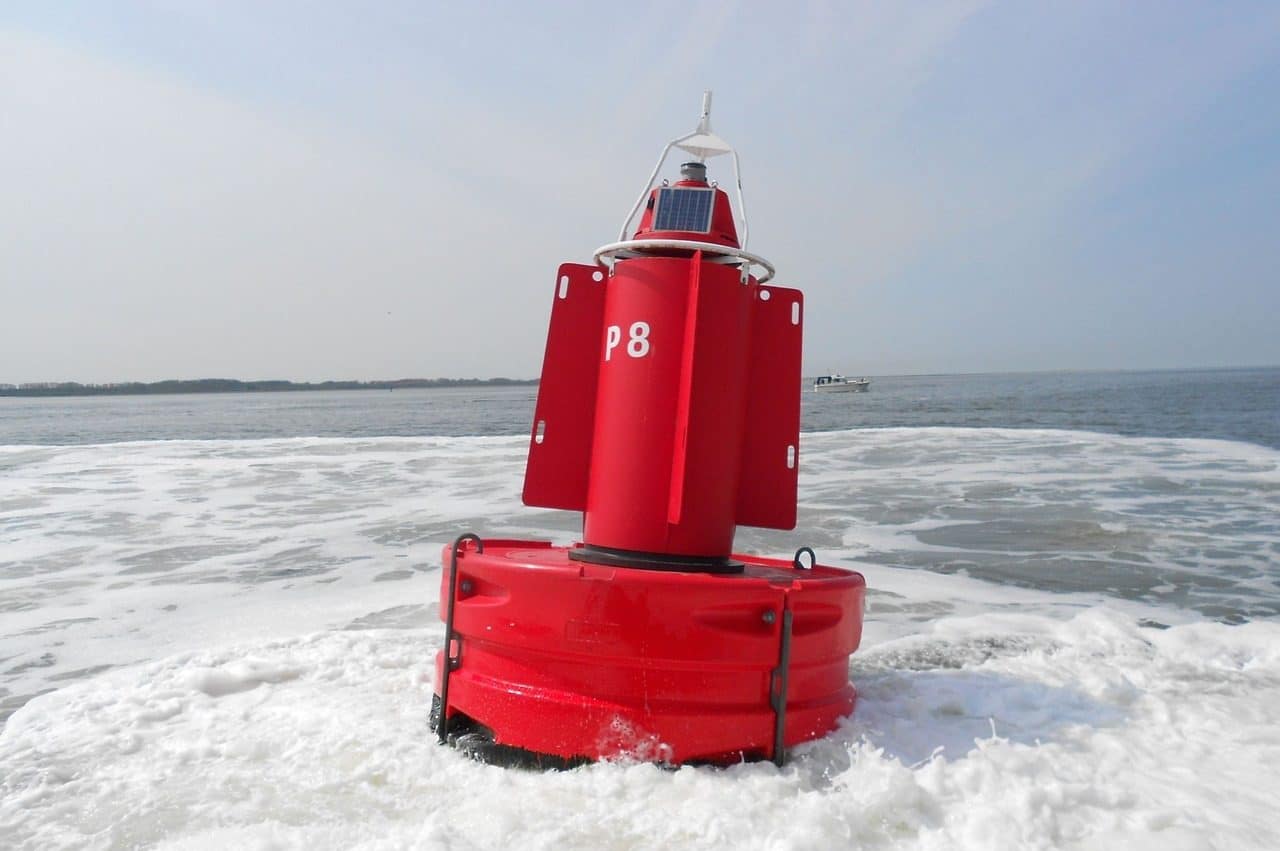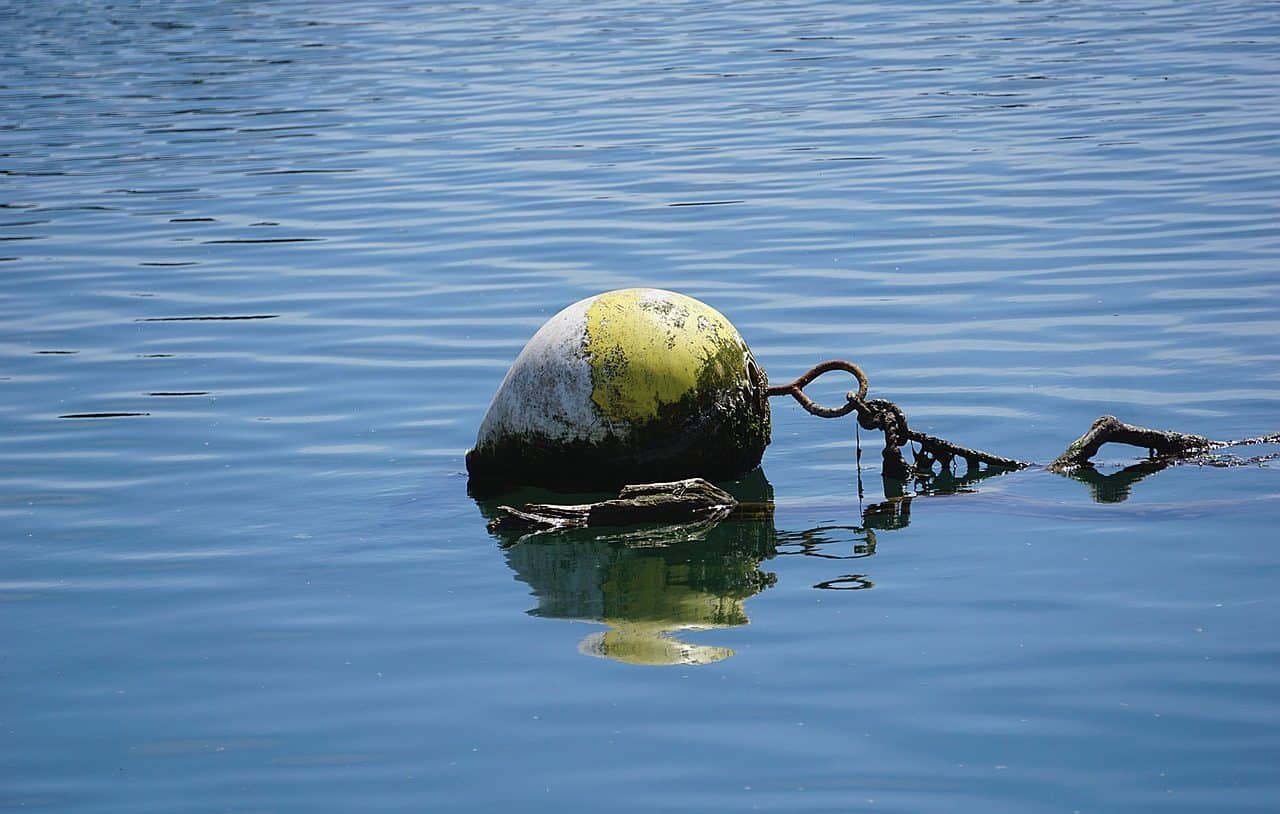
A buoy is an element that, when attached to the bottom, floats in the water.
A buoy is an object that floats in water while attached to the bottom. Buoys are used as a signal , usually to warn sailors of some type of danger or to indicate a navigation route.
It is common for buoys to be hollow and float thanks to being inflated with air . There are also buoys filled with materials lighter than water. All buoys float due to the so-called Archimedes Principle : the mass of the buoy is less than its equivalent volume in water.
Marking buoys
Suppose that, in a river , the remains of a sunken ship are found. To prevent other vessels from colliding with said structure while sailing, authorities can install beacon buoys .
In aquatic sports competitions, buoys indicate where participants should circulate. Rowing regattas use buoys to mark the lanes that competitors must respect, while sailing regattas use buoys to determine turning points.

There are many types of buoys.
a lifesaver
There are lifebuoys , on the other hand, that are tied to a boat and are thrown when an individual falls into the water.
The castaway, in this way, can float by holding on to the buoy. From the boat, by pulling the rope , you can attract the buoy to rescue the subject.
Other types of buoys
Other types of buoys are used to measure distances, record changes in water pressure, measure current speeds or obtain meteorological information, for example. Weather buoys or meteorological buoys , in this sense, are those pieces of equipment that are used to collect data from both the ocean and the weather.
Weather buoys can also be of great help in the midst of an emergency response to chemical spills, among other sensitive situations. Mooring buoys have been in circulation since 1951 , while drifting buoys have been in use since 1979 .
With respect to rivers , we can cite three examples: elastomer buoys, polyethylene buoys and steel buoys. Elastomer buoys have an undeniable advantage: the elasticity and lightness of their float, which results from both the materials used for their manufacture and the projection carried out with elastomeric polyurethane.
The massive nature of elastomer buoys makes them almost impossible to submerge, even if they sustain considerable impact. As if this were not enough, they are rigid enough to withstand repeated blows without deforming their structure.
Regarding polyethylene buoys , they have a float made of this virgin rotomolded material. Its superstructure and tail, that is, the parts that are made of metal , are made of hot-dip galvanized steel, and its design is designed to withstand harsh conditions in the middle of the sea for many years. It is common for buoy manufacturers to offer a certain degree of customization to their customers.
More classes
On the other hand, we have steel buoys , for whose design traditional architecture (which has been used for many decades) merges with the most modern technologies regarding regulations and materials. The steel used to manufacture these buoys is the same as that used in the naval field; Its quality is unsurpassed and its thickness exceeds 10 millimeters.
The float has diameters between 2 and 3 meters, and must undergo an anti-oxidation treatment that allows the user to space out maintenance sessions over periods of more than five years. Needless to say, its impact resistance is considerable, and it also has great stability.
The floating element that has a net or a fishing rod , finally, is also called a buoy.
